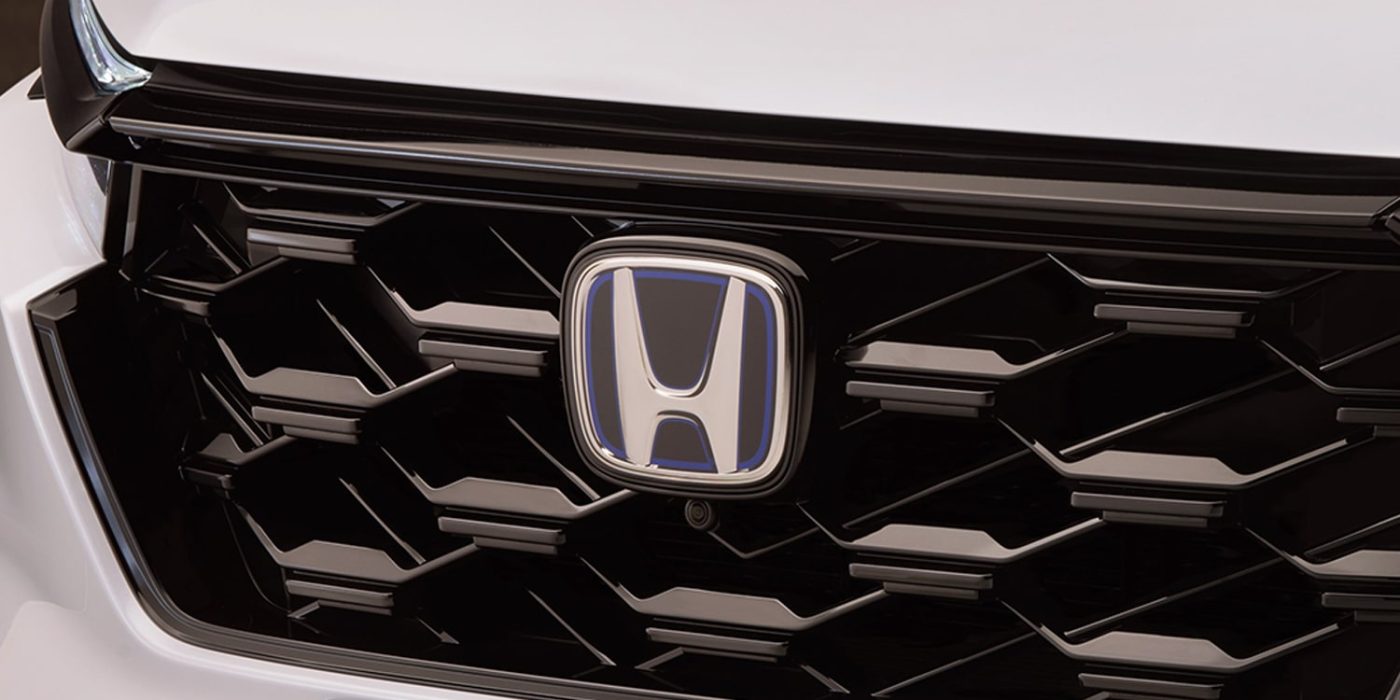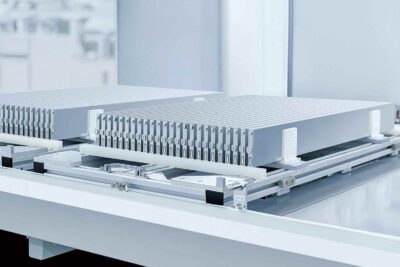Honda to build EVs and batteries in Canada
Ontario Premier Doug Ford and Economic Development Minister Vic Fedeli have suggested that the project is worth 14 to 15 billion Canadian dollars, which is about 10 to 11 billion US dollars. Volkswagen’s battery subsidiary PowerCo plans to invest 7 billion Canadian dollars in its above-mentioned battery plant in St Thomas by 2030.
But back to Honda: Japanese media previously reported that Honda is looking to build its own batteries in Canada. According to that information, the new plant could go into operation by 2028. Reuters reports, citing insiders, that the carmaker will build batteries and process cathode material needed for the latter. EV production will take place at the existing auto manufacturing facility in Alliston.
It would be the third EV battery plant in Ontario, following the announcements of PowerCo and Stellantis and LGES. The latter are building a factory in Windsor. Both projects received hefty subsidies, so it is safe to assume that Honda will as well. Moreover, the Canadian government just introduced a new investment tax credit, giving companies 10 per cent off the costs of setting up new buildings to house key segments of the EV supply chain.
The planned Canadian electric vehicle plant would be Honda’s second in North America. The carmaker already wants to manufacture batteries with LG Energy Solutions in the US state of Ohio from 2025. The factory near Jeffersonville will have an annual capacity of 40 GWh. Honda will also convert its existing Honda plants in Ohio, the Marysville Auto Plant (MAP), East Liberty Auto Plant (ELP) and Anna Engine Plant (AEP), with the aim of starting production and sales of electric cars based on the new Honda e:Architecture in 2026.
This all comes as Honda is looking to increase EV sales in North America. According to Nikkei, North America accounts for roughly 40 per cent of Honda’s global sales. Most of the vehicles sold there still have combustion engines. However, the Japanese want electric cars to account for 40 per cent of sales in North America by 2030 – and even 80 per cent by 2035.





0 Comments